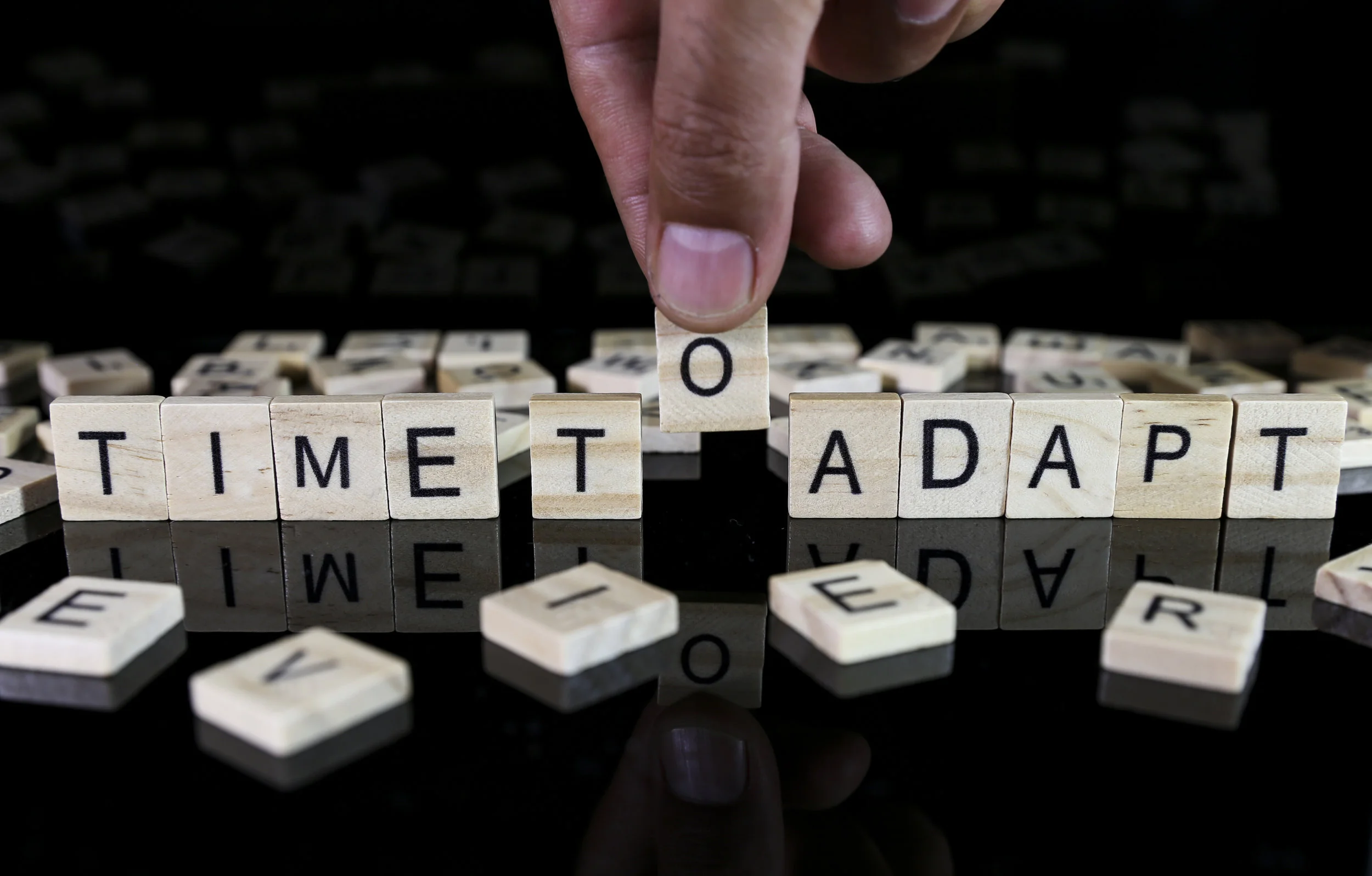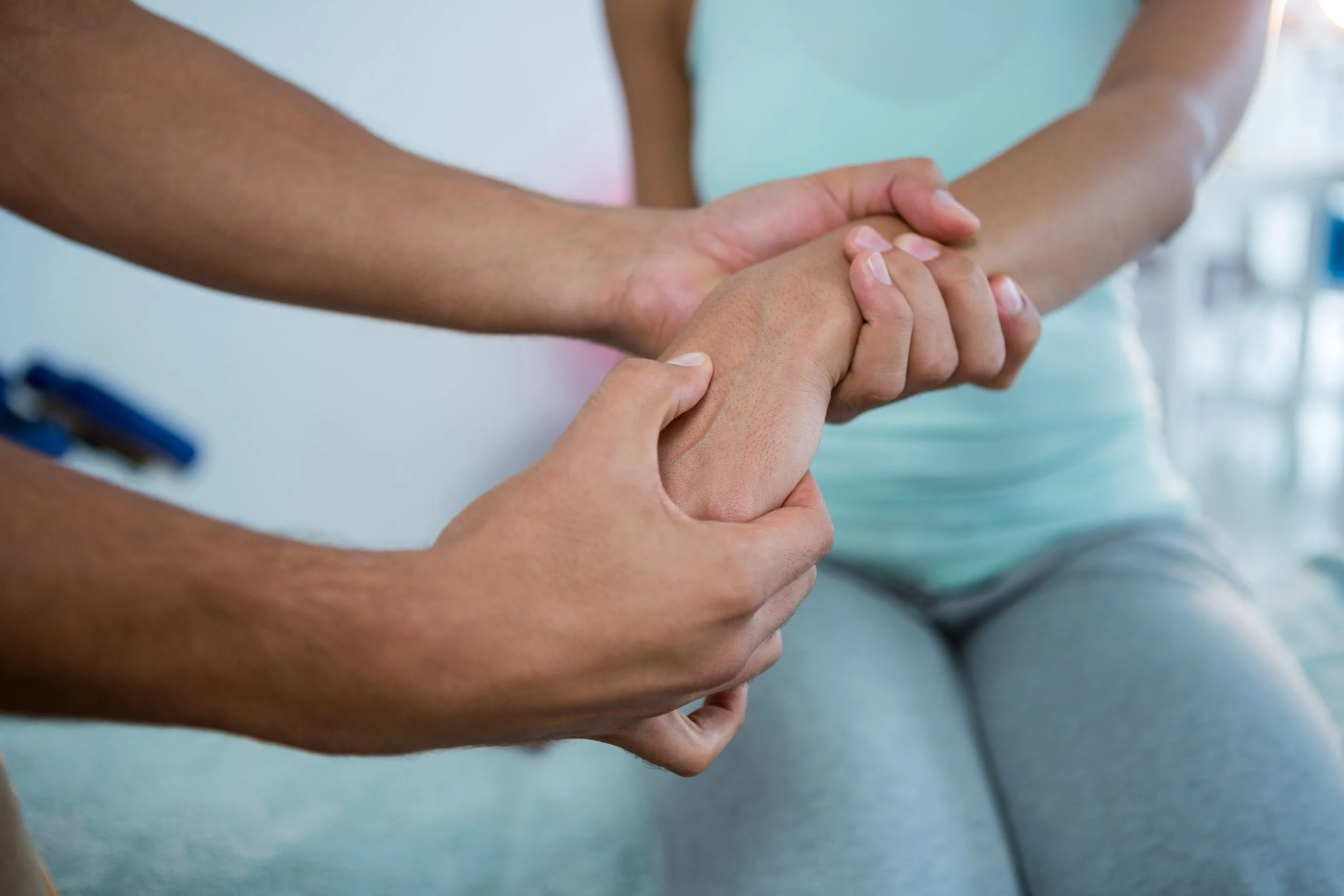Eating a meal, any meal, reliably makes an animal, any animal, calmer and more lethargic. This means humans, too. Hunger makes animals alert and irritable, which explains why couples always fight about where to eat dinner. This emotional response encourages the animals to find food.
But all this is only in the broadest, most primal “eating = good, not eating = bad” way. The details of the relationship between foods and moods end up being a little contradictory and a lot complicated.
What we tend to think of as “emotional eating” is a specific kind of eating and a specific kind of emotion—eating sugary, fatty, carb-y, unhealthy foods as a coping mechanism for feeling upset. In reality, “emotional eating” is a much broader term.
“We eat for a variety of different emotions and we eat in a variety of different circumstances which are in turn connected with emotions,” Meryl Gardner, a marketing professor at the University of Delaware, says.
Gardner was the lead author on a new study published in the Journal of Consumer Psychology, which looked at food choice and mood, adding to a fairly extensive body of research that already exists on the interplay between moods and foods.
There seems to be a consistent connection between negative emotions and unhealthy foods. What's less clear is what foods we're drawn to in a positive mood.
There seems to be a clear, fairly consistent connection between negative emotions and unhealthy foods, though there are individual variations for what kind of snack people want. In a bad mood, people’s hands tend to float to the cookie jar, the candy bag, the snack drawer. What’s less clear is what foods we’re drawn to in a positive mood.
Some studies say we still want treats. A 1992 study and a 2002 study (one on women, one on men) found that joy led to increased consumption of indulgent foods. A 2013 study in Appetite titled “Happy Eating: The underestimated role of overeating in a positive mood” points out the potential for increased consumption (in this case of chips and chocolate) when we’re feeling good.
Other research says just the opposite—that we’re more likely to eschew the sugar/carb rush when happy. In 2010, researchers found that people in a positive mood were more likely to choose grapes over chocolate than those in a neutral mood. Another study offers a qualification, finding that people would choose healthy foods if they felt like their good mood was going to stick around; if not, they might eat more indulgent foods, to keep the good vibes going.
Gardner’s study also found a connection between negative moods and unhealthy foods, and positive moods and healthy foods, but she and her team introduced the element of time into the equation as well. They had participants think about either the present or the future (by describing their current residence, or a possible future residence). They found that regardless of mood, long-term, future-focused thinking led to healthier choices.
“When you’re in a good mood, you take a longer-term perspective,” Gardner says. “You see the forest, not the trees... When you’re focused on the near term, when you’re looking at what’s in front of your nose, you respond with what’s going to give you quick pleasure. And that’s triggered very much by bad moods. But we can fight that.”
Dr. Leigh Gibson, a psychology professor at the University of Roehampton in London, disagrees, though he says he finds those results interesting. “I’m not sure that’s the way people normally go about their daily eating,” he says. “For habitual behaviors like eating, there tends to be an intention-behavior gap. We have all these wonderful intentions, but when it comes down to it, we’re exposed to energy-dense foods when we find ourselves hungry.”
It does seem unlikely that most of us would take the time to describe our future homes to ourselves before deciding on pizza or a salad for lunch. And as previously noted, there is little consensus on what we typically crave when we’re happy.
"Healthy eating is a modern thing that we now need because we're living so long. You could almost say the default is comfort eating."
Part of the reason why it seems our moods rarely drive us toward healthy foods, Gibson says, is that for much of human history, energy-dense foods, or what we now consider comfort foods, were the ideal thing to eat.
“We didn’t evolve as homo sapiens by eating healthy, because all we had to do was reproduce and survive until our mid-20’s,” he says. “We were quite happily sucking the marrow out of bones. We were just getting energy, protein, the basic nutrients we needed, but we didn’t have to live too long. Healthy eating is a modern, cultural thing that we now need, because we’re living so long… You could almost say the default is comfort eating.”
We’re not constantly shoveling mashed potatoes into our mouths (at least not most of the time), so of course this doesn’t mean that humans don’t ever choose healthy foods, just that when we do, it might not be in response to our emotions.
Another reason for this lack of consensus is that there are a variety of moods that can fit under the “positive” umbrella—feeling excited is very different from feeling content, and those emotions could lead to similarly divergent food choices.
For example, Gardner says we tend to go for special, often unhealthy, foods on celebratory occasions, like birthdays or Thanksgiving.
“You eat the birthday cake, you may go out in the evening and eat more appetizers and drink more cocktails than you intended, and it’s all part of the specialness of the occasion,” she says. “And we’ve all learned to celebrate with food. It’s part of so many different cultures.”
Carol Landau—a clinical professor of psychiatry, human behavior, and medicine at Brown University—points out that some comfort eaters turn everything into a celebration, rewarding themselves with food not just for special occasions, but for everyday accomplishments as well.
“Food is such an important part of culture,” Landau says. “I think we’re asking people to do a lot [by asking them] to avoid comfort eating.”
Gibson says this sort of celebratory eating seems to be more prevalent for men than women. There’s also some evidence that the foods men and women turn to for comfort are different—men often get more comfort from savory foods and “general meal-type foods,” Gibson says, as opposed to snacks. Gardner says she has also found men to be more drawn to salty foods.
Sweet foods, however, seem to be a universal crowd-pleaser.
“Sweetness is such a powerful stimulus,” Gibson says. “We’re born initially liking sweetness. It probably helps [that babies] have an appetite for breast milk and so on.”
This may well be why the go-to image of comfort eating in culture is someone crying into a pint of Ben & Jerry’s, and why so many studies on mood and food choice include chocolate as one of the unhealthy options.
“If one can characterize [comfort] foods in any simple way, it would be that they’re typically energy-dense,” Gibson says. “Therefore they’re probably high fat, and they might be sweet as well. The perfect comfort food might be chocolate.”
In the chicken-or-the-egg problem of food and mood, do the moods hatch the foods, or do the foods hatch the moods?
But as we all know, the positive effects of eating sweets are short-lived. Whether it’s a crash that comes after a sugar high, or just a feeling of guilt after eating more cookies than you planned, treats are not a ticket to long-term happiness.
So in the chicken-or-the-egg problem of food and mood, do the moods hatch the foods, or do the foods hatch the moods? Studies disagree—the relationship seems to go both ways. A couple recent studies suggest that the foods come first.
In a study published in 2012, Penn State psychology professor Dr. Helen Hendy had 44 undergraduate students keep week-long diaries of how they felt and what they ate. She analyzed the results in terms of four things the Centers for Disease Control and Prevention recommend we should limit to improve physical health: calories, carbohydrates, saturated fat, and sodium. Following those recommendations, Hendy found, seemed to have benefits for improving moods as well.
She found that the link between foods and moods played out over a period of two days—what you ate on day one was linked to how you felt on day three, etc. As usual, the correlation was more consistent with negative moods: “Consumption of calories, saturated fat, and sodium was significantly associated with increased negative mood two days later,” the study reads.
“Some of my research leads me to change my habits, and this one has,” Hendy says. “I have a big meeting [in two days], so today I’m going to watch my calories, my sodium, and my saturated fat, so I can hopefully have a chance to be in a good mood.”
A similar study, published in the British Journal of Health Psychology in 2013, had 281 undergrads keep a 21-day diary, and did find a correlation between eating fruits and vegetables one day and being in a positive mood the next day. The association with eating fruit was stronger for men, but both men and women benefitted from eating veggies. Participants’ BMI did not affect the association.
The exact reasons why healthy eating might make you happy are unclear, but Gibson posits that if you intend to eat healthily, and you follow through, that could put you in a good mood. “Achieving goals is part and parcel of emotional experience,” he says.
Both eating and emotion are such regular, consistent parts of our lives that it’s inevitable they would get tangled up together. Unfortunately, though research has illuminated some interesting possibilities as to how they relate to one another, the knot is still very much intact and it’s hard to see where one ends and the other begins.
“There’s not a very neat story there,” Gibson says. Regardless, there’s a bit more to it than just feeling sad and therefore reaching for a spoon and some ice cream, or whatever your preferred unhealthy snack is. It seems entirely possible that all eating is, in fact, emotional eating.
This article originally appeared on theatlantic.com and was written by Julie Beck.
Need Support With Nutrition Counseling? Book With our Nutrition Therapist, Tonya Fines.











![Self-regulation “control [of oneself] by oneself"](https://images.squarespace-cdn.com/content/v1/55563e14e4b01769086817cb/1542845645966-PO2HGKF5JLUBM45UIWQ3/wee-lee-790761-unsplash.jpg)



















